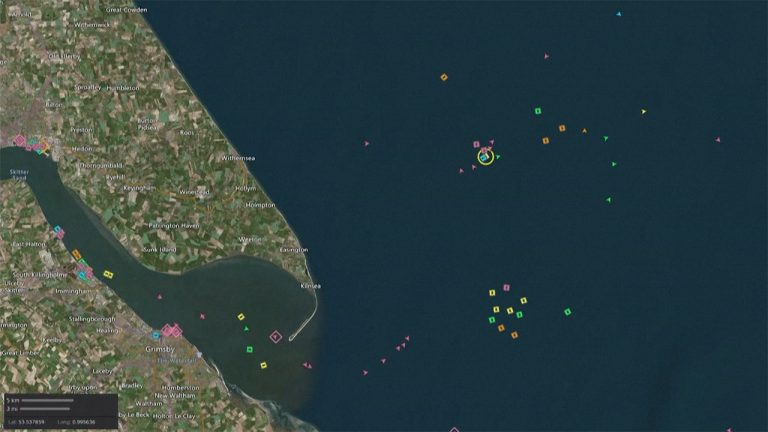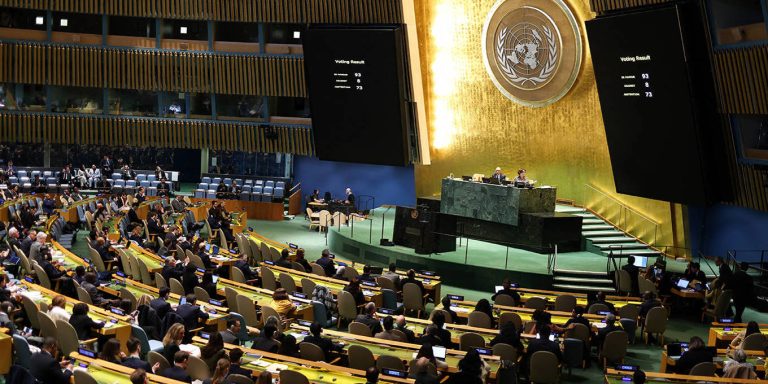San Diego’s takeover of city ambulance service this fall is improving emergency response times, but city officials said Wednesday they don’t have enough data to know if it will be as lucrative as expected.
The city took over staffing, dispatch, deployment, billing and other crucial ambulance decisions on Oct. 1 from Falck USA, which only transports patients under the new model.
The goal of the takeover is slashing response times by eliminating the financial incentives that private ambulance companies have to reduce service and hours.
But the takeover is also supposed to be a financial win for the city — primarily because a new state law tripled Medicare and Medi-Cal reimbursement rates for government agencies compared to private providers.
Response times for October show the new model is improving them, especially for emergencies that aren’t life-threatening.
For emergencies that aren’t-life threatening, ambulances in October met the city’s arrival standard of 10 minutes significantly more frequently than they had in July, August or September.
For life-threatening emergencies, ambulances in October met the standard more frequently than they had in August but slightly less frequently than they had in July and September.
The October numbers look more favorable when they are compared to April, when the city forced Falck to add a second ambulance contractor — American Medical Response — to boost hours of service.
Response times were slower in April than October in nearly every part of the city and in nearly every category of emergency.
“We’re on the right track, and the service to the community has not been better in the last couple years,” Assistant Fire Chief Dave Gerboth told the City Council’s Public Safety Committee on Wednesday.
Because reimbursements don’t come immediately, Deputy Fire Chief Jodie Pierce said the financial impact of the city’s takeover won’t be clear until February or March.
“We’re about 45 days into the billing process, so we have not been able to collect enough information,” Pierce said.
To make financial losses less likely under the new model, the council voted in August to raise fees patients pay for ambulance transports by 12.5 percent over the next two years.
The rate for the most expensive advanced life-support ambulance transports rose from $2,805 to $2,945 immediately and will increase to $3,151 next July.
A consultant concluded this summer that the new setup is likely to be quite lucrative for the city.
The city’s independent budget analyst agreed but said the city could lose as much as $18 million a year if problems arise with the state’s new reimbursement model.
Under the old model, Falck paid the city $9 million a year for the right to charge patients. Under the new model, the city pays Falck and AMR $64.7 million total to operate ambulances, and the city gets to charge patients itself.
Pierce said the transition to the new set-up, commonly called the alliance model, was complex and intense.
Fire officials had to integrate communications with Falck and AMR ambulances into the city’s radio dispatch system, update dispatch software, expand patient care platforms and establish billing and invoice systems.
They also had to make sure all medical equipment was compatible across every ambulance and reach agreements with local medical providers.
Those efforts and ongoing operations required hiring a battalion chief, a captain, a quality management coordinator and eight dispatchers.
Pierce said fire officials are optimistic but not satisfied, especially with flu and COVID-19 cases expected to rise soon.
“The Fire Department is keenly aware more work is necessary as the system enters the winter months,” she said.
Falck officials said San Diego’s emergency medical system is stronger than ever.
“We continue to work closely with the Fire-Rescue Department to consistently exceed our contractual obligations,” said John Goward, who leads Falck’s operations in San Diego.
In October, Falck provided 843 advanced life support ambulance hours, more than the 804 required by its contract. AMR provided 69 hours, slightly less than the 72 required by its contract.








